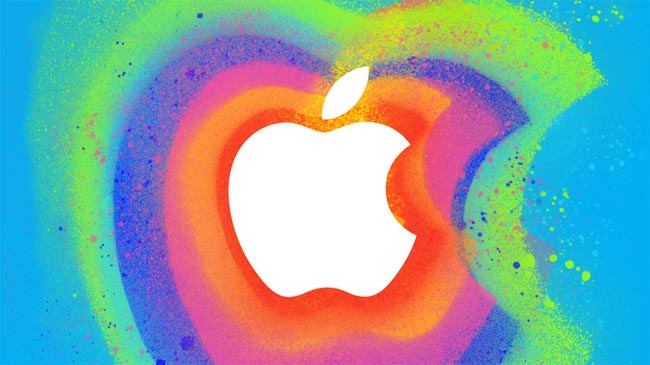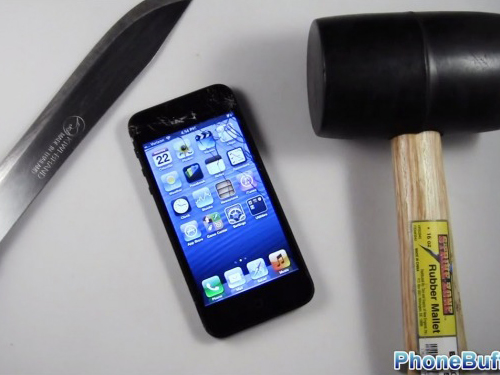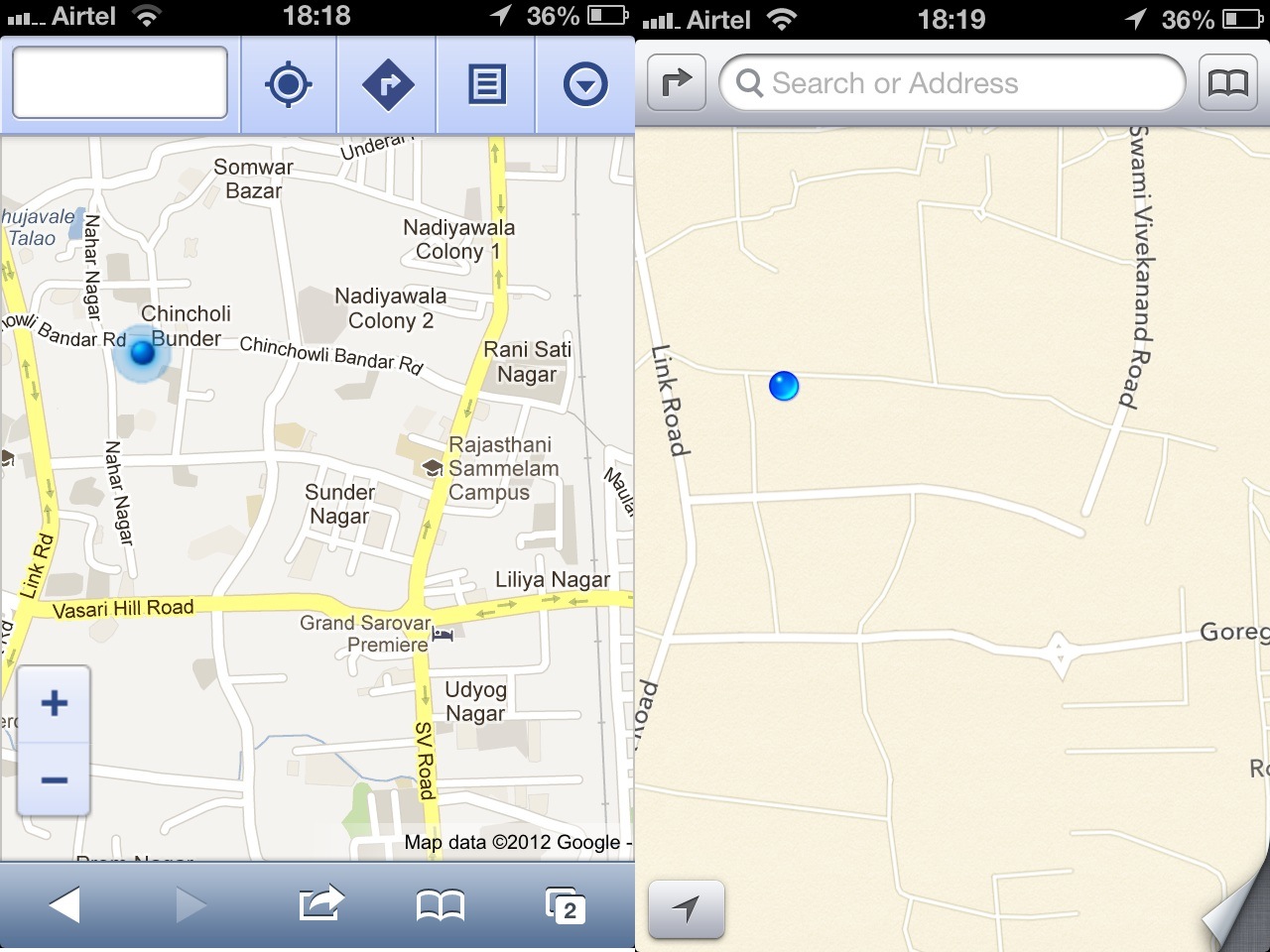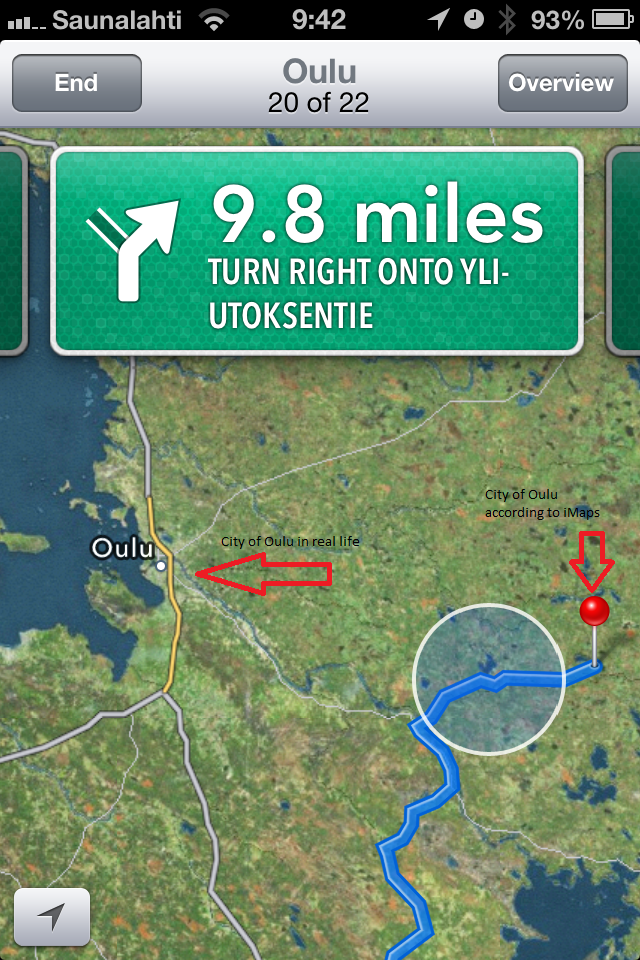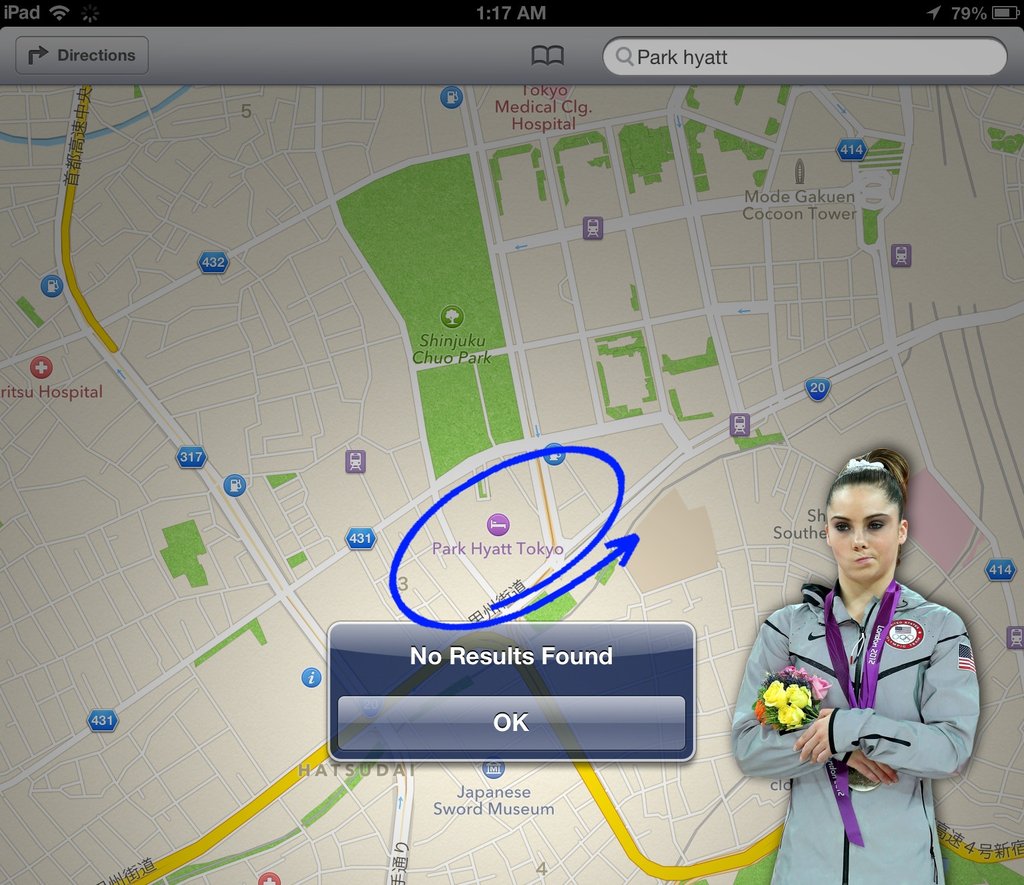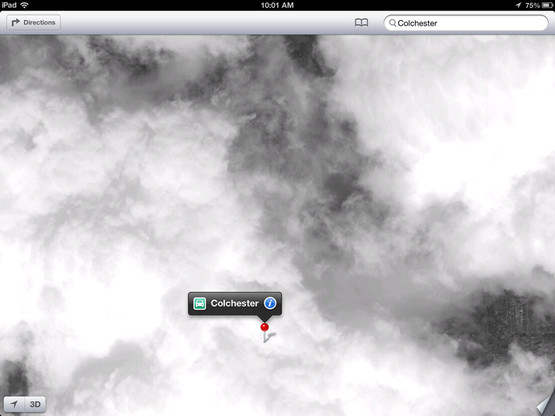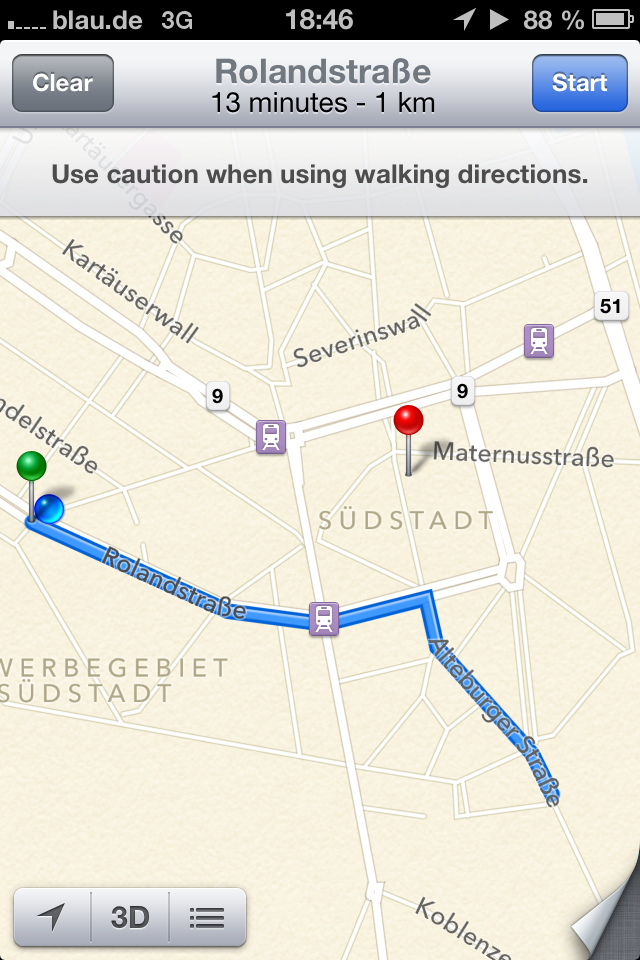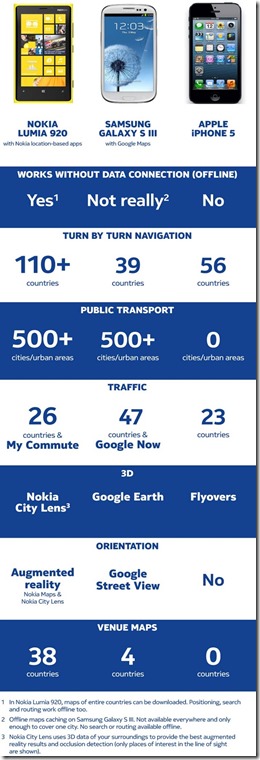On the 23rd of October, Apple held an event as usual telling the world that they’ve got “a little more” to show you. Now Apple is never very subtle regarding these things and from the rumors before, it was beyond all reasonable doubt that the Cupertino giant was going to release a smaller iPad.
The event started in usual Apple fashion with a whole bunch of statistics pertaining to why their company is the greatest. Three million iPod sales, 200 million devices running iOS 6 (not mine) and over three billion iMessages sent. Awesome.
A more significant statistic was the fact that Apple has sold over 100 million iPads in two-and-a-half years. Apple revealed that Apple sold more in the June quarter (Q3) more iPads than any PC maker has actually sold units.

So up came Phil Schiller, and the moment everyone was waiting for: the iPad Mini. The device has a screen measuring 7.9 inches and has a resolution of 1024×768. No retina here. However, having the same resolution as the iPad 1 and 2 means that most apps will work fine. The iPad Mini also has virtually the same specifications as the iPad 2 with the same A5 CPU, same GPU, same RAM and storage options. In fact it would probably be easier to highlight the things that aren’t the same such as the cameras, whereas the iPad 2 has VGA front facing and 720p rear facing, the iPad Mini has 720p front facing and 5 megapixel rear with 1080p video, which I suspect is the same hardware found in the 4S. Another feature the Mini has over the iPad 2 is 4G LTE.

The great question is, why would you buy a iPad Mini? If your iPhone 4S/5 is too small and your iPad is too big then you have problems. The way I see it, most people buying this will be the iSheep who will buy an iPoo without question because it was made by Apple. The other customers will probably include those who want to have an eReader sized tablet that has a bit more functionality than your everyday Kindle. I have serious suspicions over the lack of retina level resolution and I think that Apple may be gearing up themselves for a refresh that brings the higher resolution display. Hey, what can I say apart from ‘mo’ money’. The evolution of Apple mobile products is humourously demonstrated in this photo:

From that track record, these devices much mean in the middle so I predict a Apple iPod Touch Note (Samsung reference totally intentional) measuring in with a 5.5 inch display.

The event was not just about the Mini but also about Apple’s other products. The regular iPad got a minor spec bump to the 4th generation. The newer New iPad has a quicker A6X chip with an updated front facing camera, LTE improved WiFi and 10 hours of battery life whilst maintaining the same price as the original New iPad that it replaces. Now you can buy either the iPad 2 or the better specced iPad Mini for less or the 4th gen iPad. That’s the amazing kind of logic that sees the 6th iPhone named as the iPhone 5.

After the 15 inch MacBook Pro with Retina display, it was only a matter of time before we saw the same design and features to grace the smaller versions. In the same event, Apple unveiled the 13 inch MacBook Pro with Retina Display. This new iteration has the same slimmer body structure as it is void of any disc drive and with a very high resolution display of 2560 x 1600. The same amount of pixels as was in the once popular Apple 30″ Cinema Display. Apple’s decision of maintaining the same 16:10 aspect ratio will always be constant topic of debate. This will always be confusing for many new customers as the 11″ MacBook Air is 16:9, any of the 13″ or 15″ MacBook Air/Pros are 16:10 and the iMacs are 16:9. Totally logical, I know.
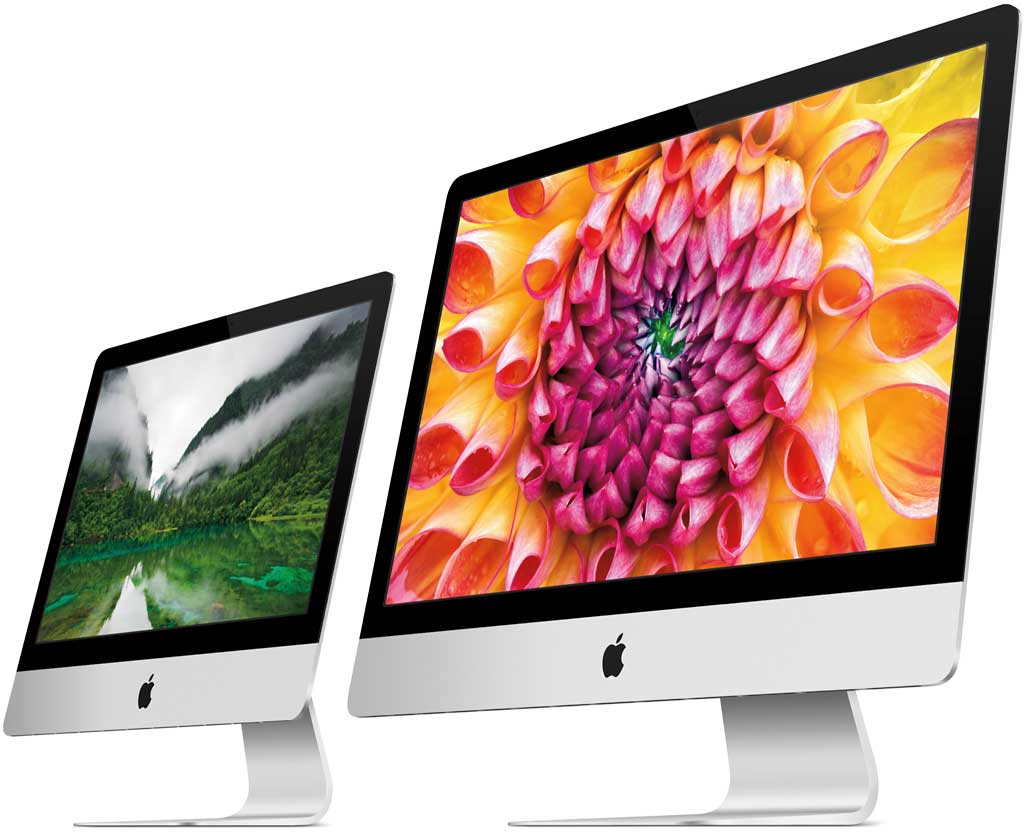
Finally, the Apple iMac was given a much awaited refresh. The 21.5 and 27 inch models have received a complete redesign. The back of these All-In-One’s have a surface that tapers so much that it gives the illusion that the iMac is much thinner than it actually is. The very sides of the new iMacs are a mere 5mm thick but much thicker in the middle. The new iMacs also introduce new graphics cards from nVidia with the top end one being the GTX 680MX, effectively a slightly downclocked desktop GTX 680 which is decent to say the least. However that particular GPU is still a mobile GPU and I expect modern gaming laptops will start shipping with those soon. The new iMacs also introduce some new storage technology called Fusion Drive that seeks to use SSDs and HDDs in tandem to increase performance while maintaining drive size…wait isn’t that what Seagate had as their Hybrid Drive? I seem to remember that Fusion io had something similar, oh and what about Intel Caching technology? Hmm…
And to finish, a closing word – sucks if anyone bought an iPad 3. Actually, sucks for anyone to have bought an Apple product this year at all. With slowing innovation in their mobile line and general overpricing of their other products (some of which I personally think are good in terms of hardware specs), I might genuinely have to think about moving my music library from iTunes to another provider…
